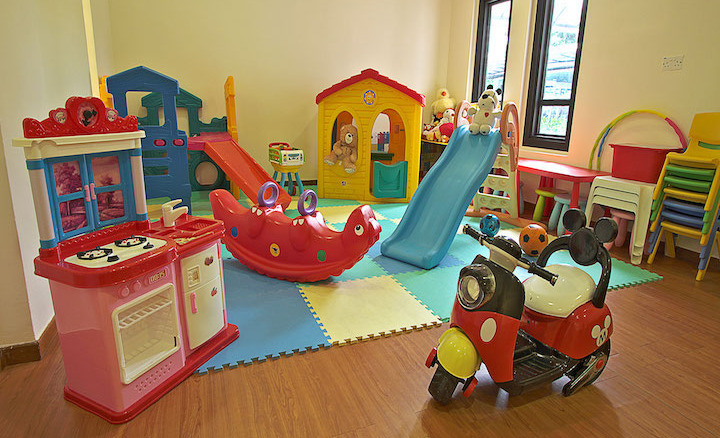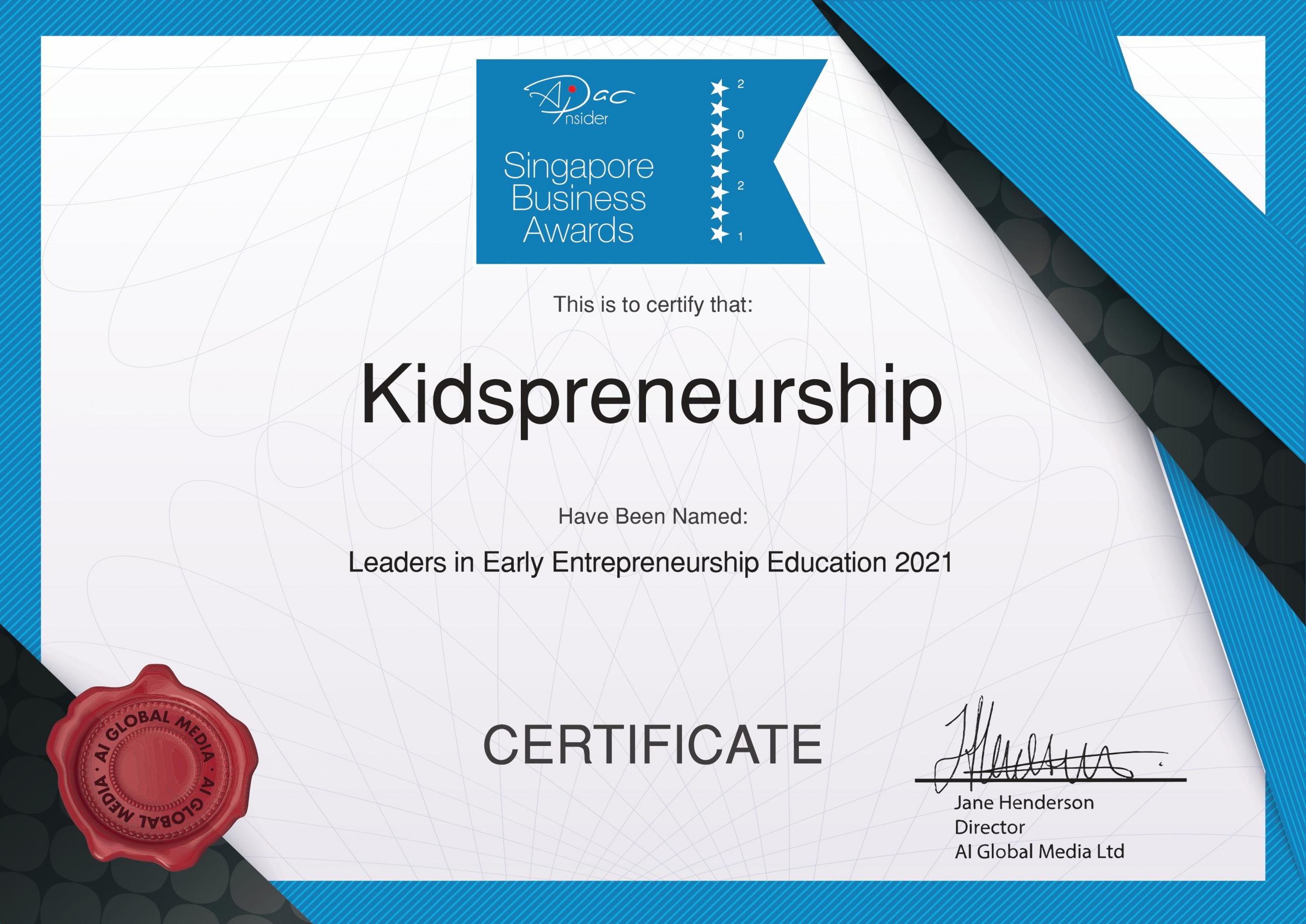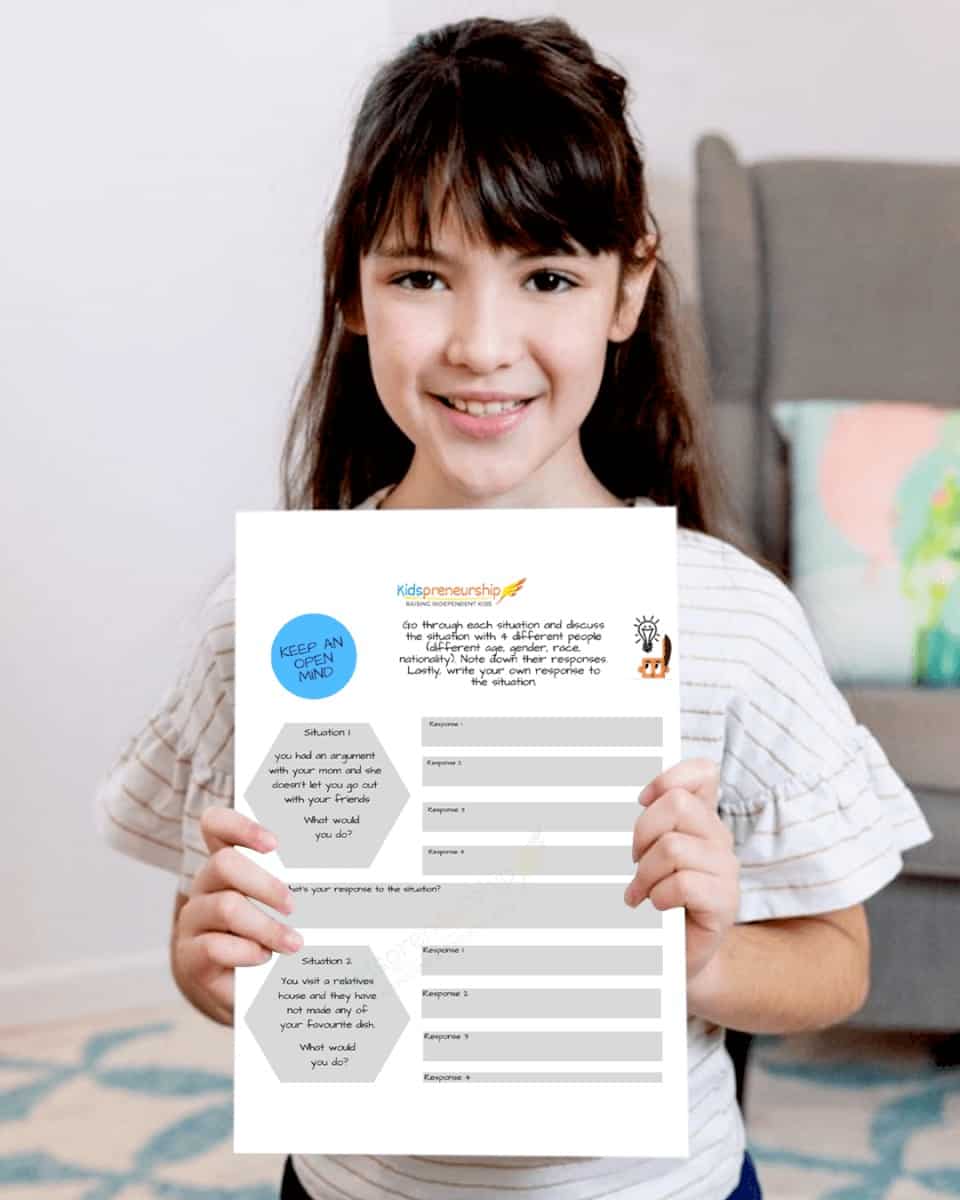Inventing is a fun and creative activity that kids can enjoy while learning about science, technology, engineering, and math (STEM). Here are a few invention ideas for kids to get them started:
1. A solar-powered flashlight: Kids can design and build a flashlight that runs on solar power using a solar panel and a battery. This is a great way for kids to learn about renewable energy and how it can be used in everyday life.
2. A water filtration system: Kids can create a water filtration system that removes impurities from water using different materials such as sand, gravel, and activated charcoal. This is a great way for kids to learn about the importance of clean water and how it can be obtained.
3. A robot: Kids can design and build a robot using a microcontroller, motors, and sensors. They can program the robot to move, sense its environment, and perform simple tasks. This is a great way for kids to learn about robotics and programming.
4. A musical instrument: Kids can create their own musical instruments using materials such as cardboard, rubber bands, and beads. They can experiment with different shapes, sizes, and materials to create unique sounds. This is a great way for kids to learn about music and sound.
5. A board game: Kids can design and create their own board game using materials such as cardboard, paper, and markers. They can come up with a theme and set of rules for the game, and then test it with friends and family. This is a great way for kids to learn about game design and teamwork.
6. A weather station: Kids can create a simple weather station using a thermometer, barometer, and anemometer to measure temperature, air pressure, and wind speed. They can also add a rain gauge to measure precipitation. This is a great way for kids to learn about the weather and how to measure it.
7. A bird feeder: Kids can design and build a bird feeder using materials such as wood, twine, and birdseed. This is a great way for kids to learn about birds and how to attract them to their backyard.
8. A terrarium: Kids can create a terrarium using a clear container, soil, and plants. They can also add small figurines, rocks, and other decorations to create a unique ecosystem. This is a great way for kids to learn about plants and how they grow.
9. A boat: Kids can design and build a boat using materials such as cardboard, paper, and glue. They can test the boat’s buoyancy in a pool or pond and make adjustments as needed. This is a great way for kids to learn about buoyancy and the physics of boats.
10. A kaleidoscope: Kids can create a kaleidoscope using a cardboard tube, mirrors, and beads or small objects. This is a great way for kids to learn about light, reflection, and symmetry.
11. A pinhole camera: Kids can create a simple pinhole camera using a box, film, and a pin. They can experiment with different exposures and learn about how light affects photography.
12. A pulley system: Kids can design and build a pulley system using rope, pulleys, and weights. They can experiment with different configurations and learn about mechanical advantage and force.
13. A water clock: Kids can create a simple water clock using a container, a straw, and a marker. They can experiment with different water levels and learn about how time can be measured.
14. A balloon rocket: Kids can create a balloon rocket using a balloon, string, and a straw. They can experiment with different lengths of string and learn about the relationship between force and motion.
15. A periscope: Kids can create a periscope using mirrors and cardboard or plastic tubing. They can experiment with different angles and learn about reflection and the principles of optics.
16. A solar oven: Kids can design and build a solar oven using a cardboard box, aluminum foil, and plastic wrap. They can experiment with different foods and learn about the principles of solar cooking.
17. A hovercraft: Kids can create a hovercraft using a plastic container, a balloon, and a small fan. They can experiment with different fan speeds and learn about the principles of air pressure and motion.
18. A catapult: Kids can create a simple catapult using popsicle sticks, rubber bands, and a spoon. They can experiment with different tensions and launch angles and learn about the principles of force and motion.
19. A wind turbine: Kids can design and build a wind turbine using a motor, propeller, and a battery. They can experiment with different blade designs and learn about the principles of wind power and renewable energy.
20. A Rube Goldberg machine: Kids can create a Rube Goldberg machine using a variety of materials such as cardboard, marbles, and string. They can experiment with different configurations and learn about cause and effect, the principles of simple machines and how they work together.
Inventing is a great way to encourage kids to think creatively, problem-solve, and learn about STEM. With a little guidance and some basic materials, kids can come up with some truly amazing inventions.
Read How Invention Education Brings Creativity Back Into The Classroom



























